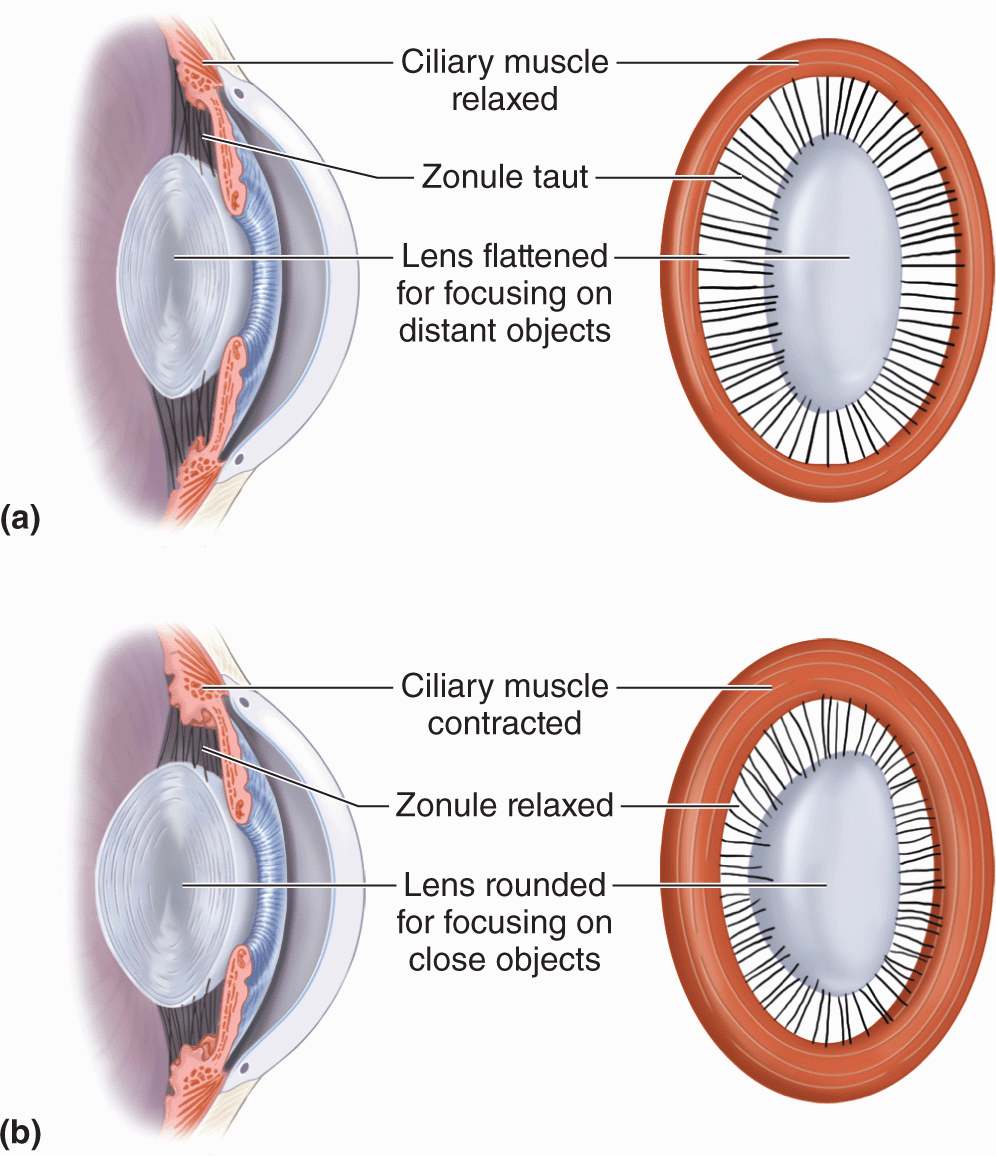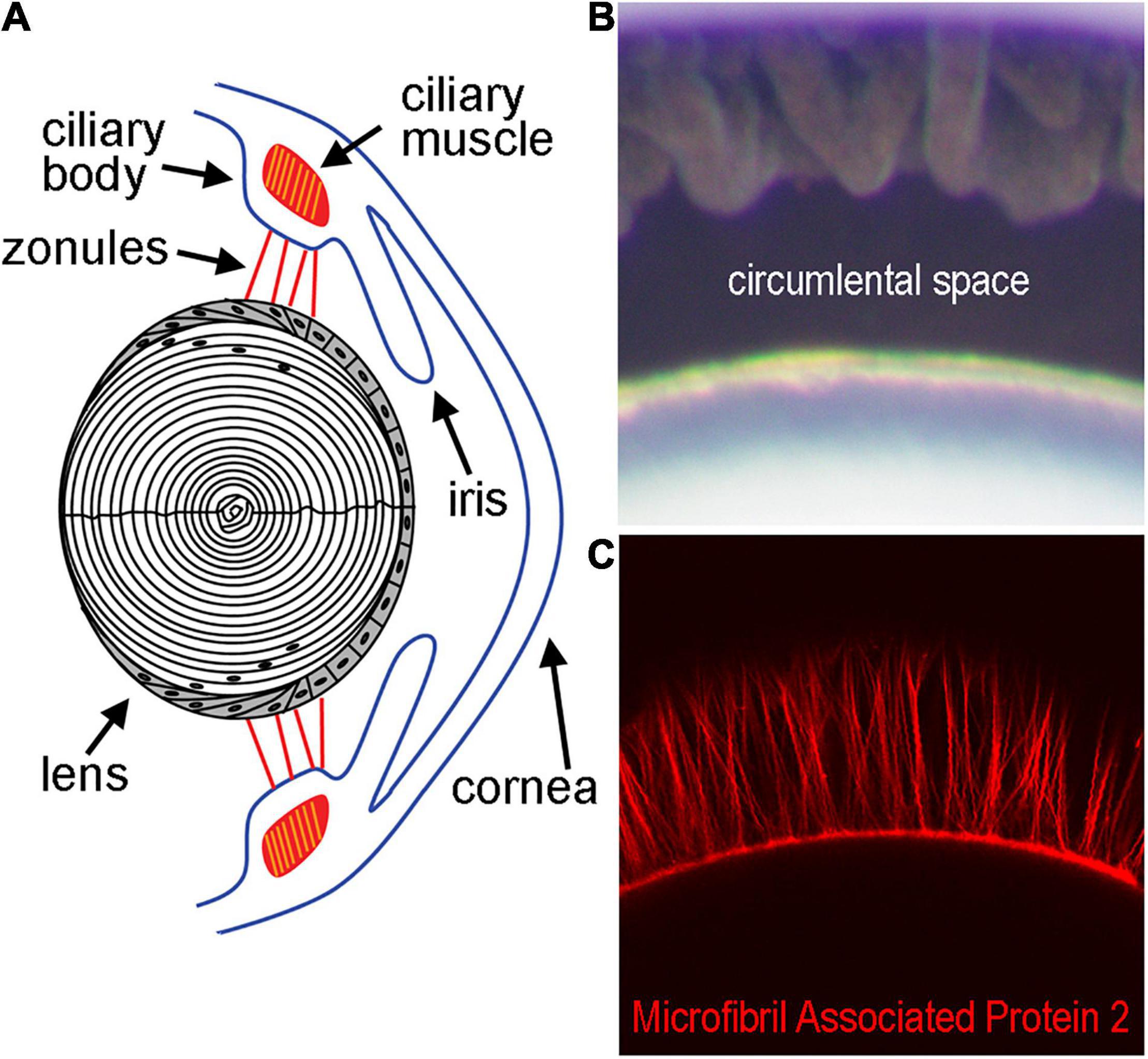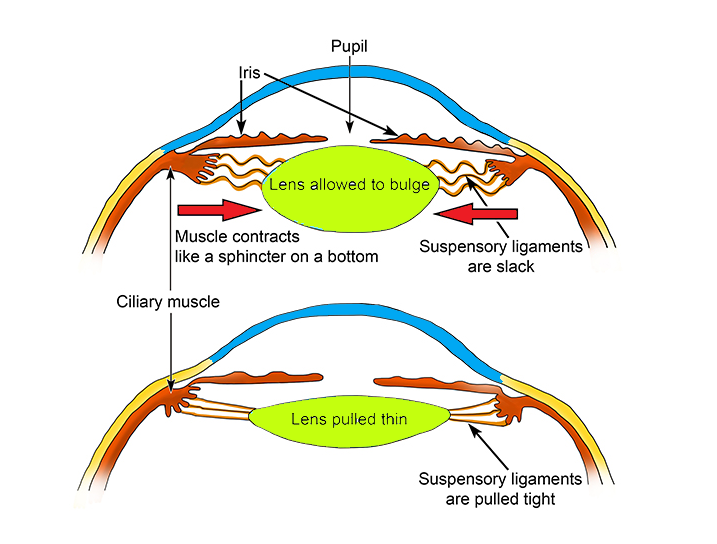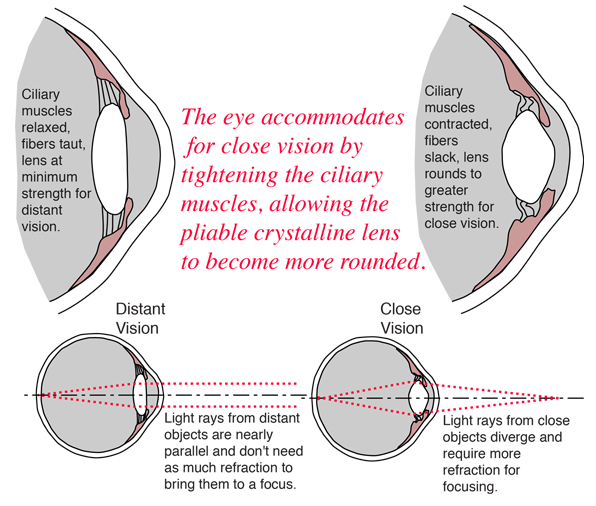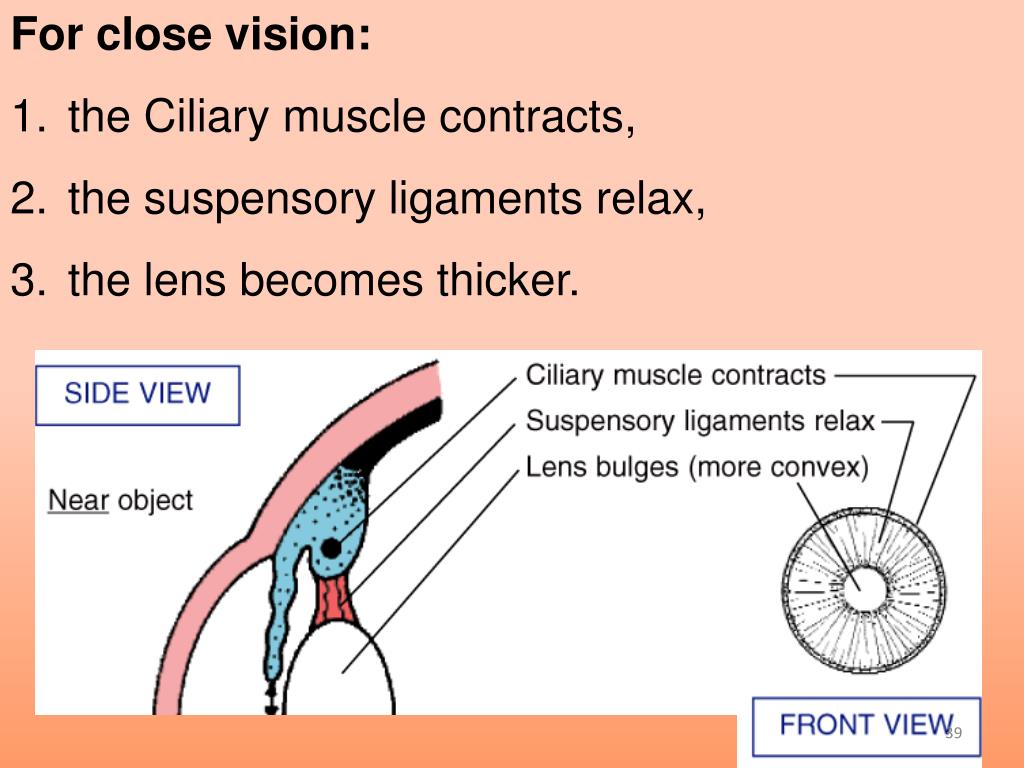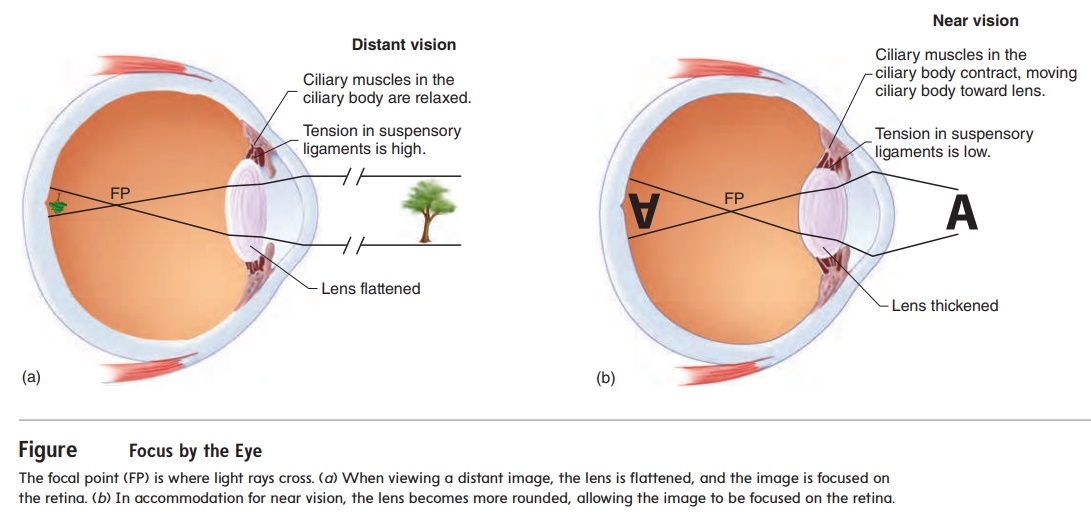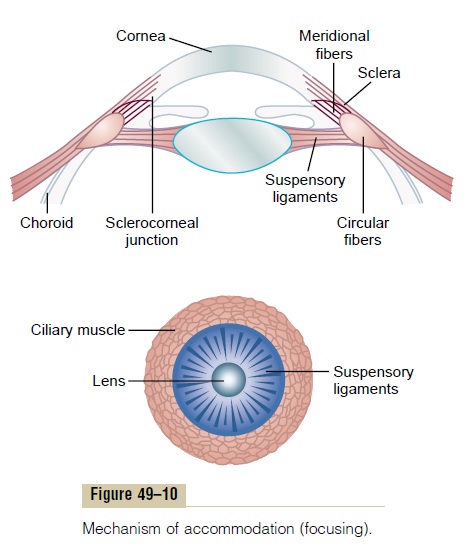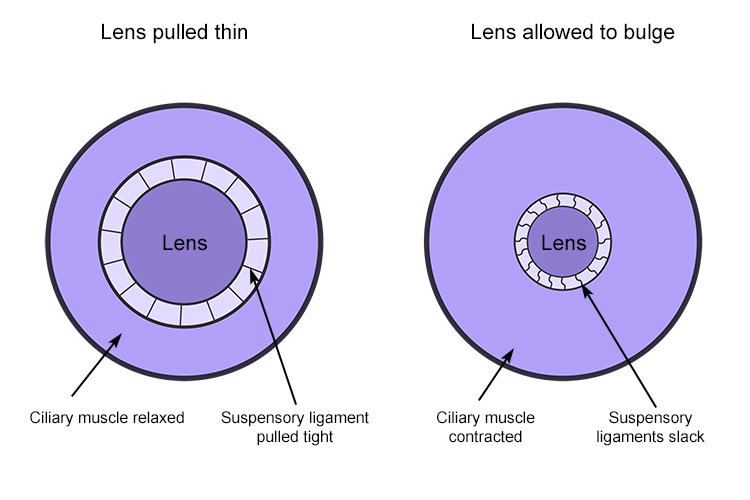During Close Vision The Ciliary Muscle Is
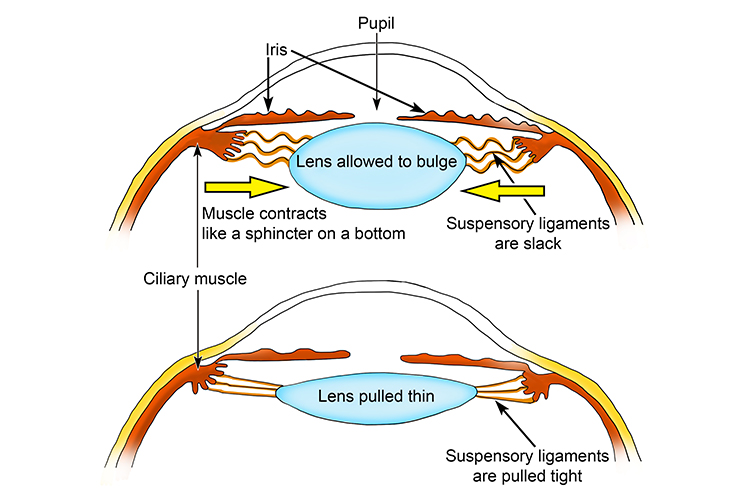
Imagine settling into your favorite armchair on a crisp autumn evening, a steaming mug of tea by your side, ready to lose yourself in the pages of a beloved novel. The fire crackles softly in the hearth, casting a warm glow, and the world outside fades away as you focus on the words before you, each sentence pulling you further into the story. But have you ever stopped to consider the intricate dance happening within your own eye, the subtle muscle adjustments that allow you to perceive those tiny letters with such clarity?
At the heart of clear close-up vision lies the ciliary muscle, a ring of smooth muscle nestled within the eye. This article explores the essential role the ciliary muscle plays in focusing on nearby objects, explaining its function, its importance in vision, and how understanding this tiny muscle can help us appreciate the remarkable complexity of the human eye.
Understanding the Eye's Focusing Mechanism
The human eye is often compared to a camera, and for good reason. Like a camera lens focuses light onto the sensor, the eye's lens focuses light onto the retina, the light-sensitive tissue at the back of the eye.
However, unlike a fixed camera lens, the eye's lens can change shape, allowing us to focus on objects at varying distances. This process is called accommodation.
The Ciliary Muscle's Pivotal Role
The ciliary muscle is the engine that drives accommodation. It's a ring of smooth muscle located within the ciliary body, which is connected to the lens by tiny fibers called zonules.
When we look at distant objects, the ciliary muscle relaxes. This relaxation increases the tension on the zonules, which in turn flattens the lens, allowing us to see far away with clarity.
However, when we shift our gaze to something nearby, like a book or a phone screen, the ciliary muscle contracts. This contraction reduces the tension on the zonules, allowing the lens to become more rounded or convex.
The increased curvature of the lens bends the light rays more strongly, focusing the image precisely on the retina for clear near vision. In essence, the ciliary muscle acts as a tiny internal focusing mechanism, constantly adjusting to keep our world in sharp focus.
The Importance of a Healthy Ciliary Muscle
The proper functioning of the ciliary muscle is essential for clear vision at all distances, but particularly for tasks that require sustained near focus, such as reading, writing, or using digital devices. Any impairment to the ciliary muscle can lead to a range of vision problems.
One of the most common age-related conditions affecting the ciliary muscle is presbyopia. This is a gradual loss of the eye's ability to focus on nearby objects due to a hardening of the lens and a weakening of the ciliary muscle. "Most people start to experience presbyopia in their early to mid-40s," explains Dr. Emily Carter, a leading ophthalmologist at the National Eye Institute.
Symptoms of presbyopia include blurred near vision, eyestrain, and headaches, especially after prolonged periods of close work. While presbyopia is a natural part of aging, it can be easily corrected with reading glasses, bifocals, or contact lenses.
Other conditions, such as certain medications or neurological disorders, can also affect the ciliary muscle's ability to function properly. In some cases, inflammation or injury to the eye can impair the ciliary muscle, leading to blurry vision or difficulty focusing.
Promoting Ciliary Muscle Health
While we can't completely prevent age-related changes to the ciliary muscle, there are steps we can take to promote overall eye health and potentially slow down the progression of presbyopia. Regular eye exams are crucial for detecting any vision problems early on.
Taking frequent breaks during prolonged periods of near work can also help reduce strain on the ciliary muscle. The 20-20-20 rule, which involves looking at an object 20 feet away for 20 seconds every 20 minutes, is a simple and effective way to give your eyes a rest.
Maintaining a healthy lifestyle is also important for eye health. Eating a balanced diet rich in fruits and vegetables, especially those containing antioxidants like lutein and zeaxanthin, can help protect the eyes from damage. "Studies have shown that a diet rich in these nutrients can help reduce the risk of age-related macular degeneration and cataracts," notes Dr. Carter.
Additionally, getting regular exercise and avoiding smoking can also contribute to overall eye health and potentially benefit the ciliary muscle.
The Future of Ciliary Muscle Research
Researchers are continually exploring new ways to understand and treat conditions affecting the ciliary muscle. One promising area of research involves developing new medications that can help improve the function of the ciliary muscle in people with presbyopia.
Another area of focus is on developing new surgical techniques to restore accommodation in people with presbyopia. Some of these techniques involve implanting small devices into the eye to help reshape the lens or improve the function of the ciliary muscle.
These advancements hold the potential to revolutionize the treatment of presbyopia and other conditions affecting the ciliary muscle, offering new hope for people who struggle with blurry near vision.
Understanding the intricate workings of the ciliary muscle is not just a matter of scientific curiosity; it has real-world implications for our daily lives. By understanding how this tiny muscle enables us to see clearly at close range, we can better appreciate the remarkable complexity of the human eye and take steps to protect our vision for years to come.
So, the next time you lose yourself in the pages of a good book, take a moment to appreciate the quiet work of your ciliary muscle, constantly adjusting to keep your world in sharp focus. It's a small muscle with a big job, and its health is essential for enjoying the simple pleasures of life, from reading a novel to admiring the delicate details of a flower.

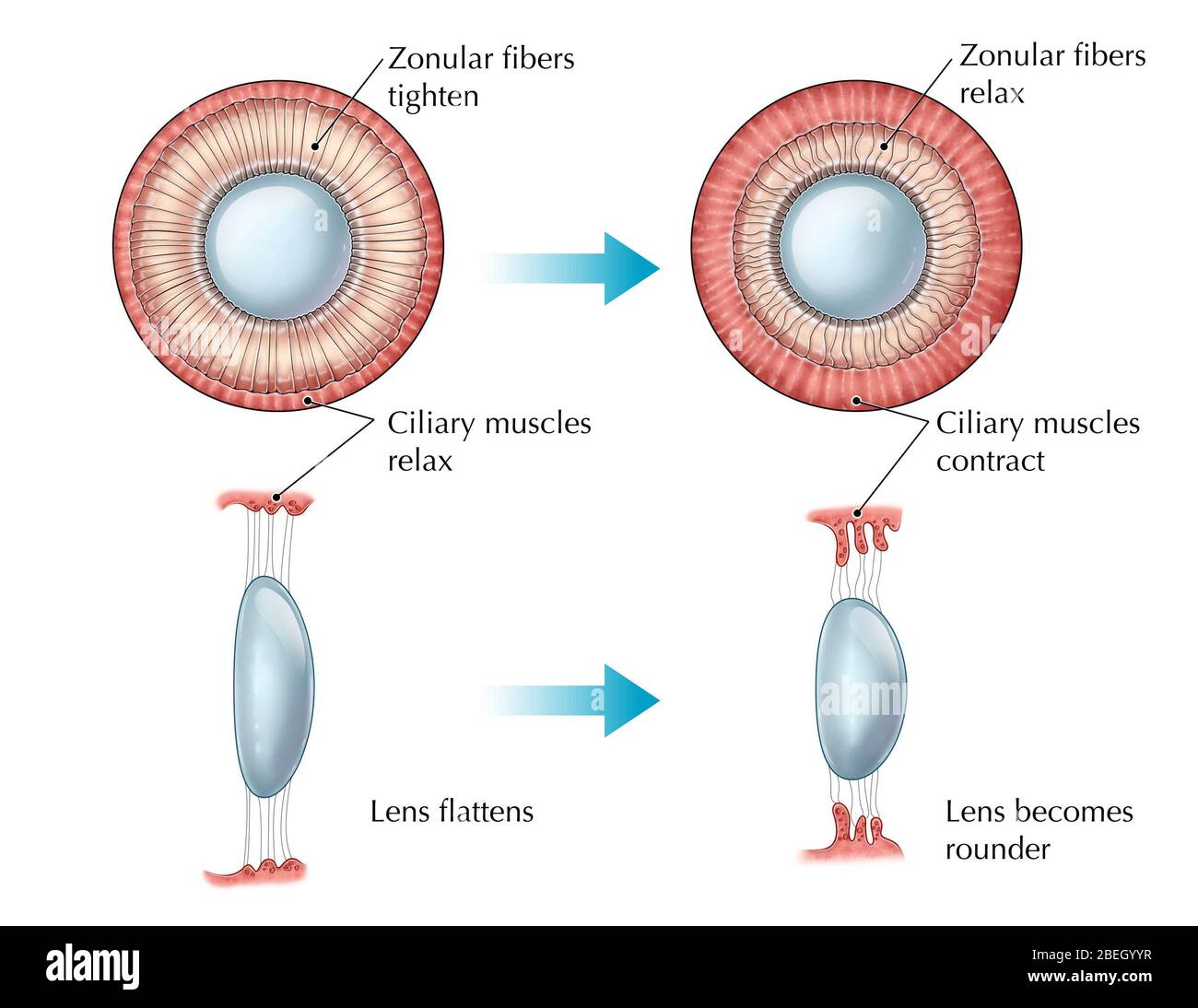
.jpg)

